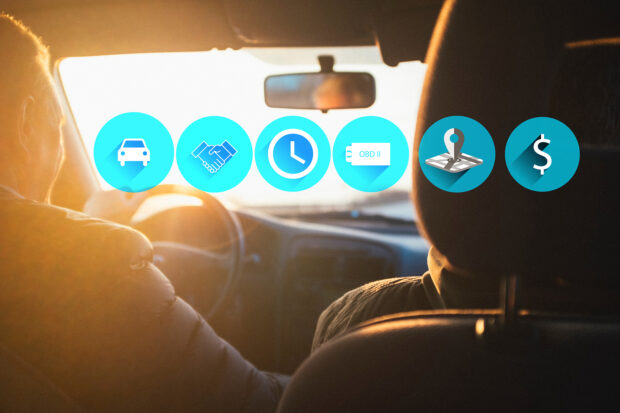The increasing popularity of electric vehicles (EVs), autonomous vehicles (AVs) and shared-mobility platforms will shrink the overall personal lines market 31 percent by 2035, according to a recent analysis by EY-Parthenon, but investment in more advanced telematics and embedded insurance will help carriers stay competitive.
Among the report’s findings:
- While premiums for EVs are currently higher, economies of scale eventually will lead to lower repair and replacement costs, driving EV premiums down and reducing the size of the overall market by about 7 percent.
- The availability of Level 3 and 4 autonomous vehicles, which can drive themselves under limited conditions, will boost automobile safety, reducing accident rates by 2 percent and personal auto loss ratios and direct premiums written by 9 percent.
- The growing popularity of ridesharing, e-bikes and other shared-mobility platforms will shrink PL premiums another 8 percent, while commercial line premiums rise 18 percent.
- Telematics use will increase, helping insurers segment customers, price and underwrite policies, incentivize customer behaviors, and seamlessly manage the claims process. Insurers will look beyond basic driver data such as hard braking, speeding and acceleration to also analyze contextual data such as distracted driving, weather and traffic conditions. Beyond risk-selection, carriers will increasingly use telematics to segment customers and incentivize safe driving behaviors through discounts, gamification and rewards.
- The claims process no longer will require active involvement from customers. Telematics, cameras and sensor data will detect the severity of an accident and be able to provide a preliminary estimate, body shop recommendations and even arrange for transportation from a crash site.
- With control of telematics data and access to customers at point of sale, vehicle manufacturers and dealers are well positioned to act as insurance distributors — either through wholly owned subsidiaries or via partnerships with established carriers. The rise of embedded insurance offers a chance to cut costs by reducing commissions and marketing costs tied to traditional insurance agents. Insurers will need to proactively develop partnerships with auto manufacturers and other players in the mobility ecosystem, such as repair networks, ridesharing companies and EV battery research labs.





















 Surge of Supercharged Hurricanes Prompt Call for Cat 6 Classification
Surge of Supercharged Hurricanes Prompt Call for Cat 6 Classification  Slideshow: Carrier Management’s 2025 Top Editor’s Picks (Unlocked)
Slideshow: Carrier Management’s 2025 Top Editor’s Picks (Unlocked)  California Workers Comp Combined Ratio for 2024 Highest in 20-Plus Years
California Workers Comp Combined Ratio for 2024 Highest in 20-Plus Years  Insurance Costs, Climate Concerns Factor Heavily in U.S. Home Buying Decisions
Insurance Costs, Climate Concerns Factor Heavily in U.S. Home Buying Decisions 